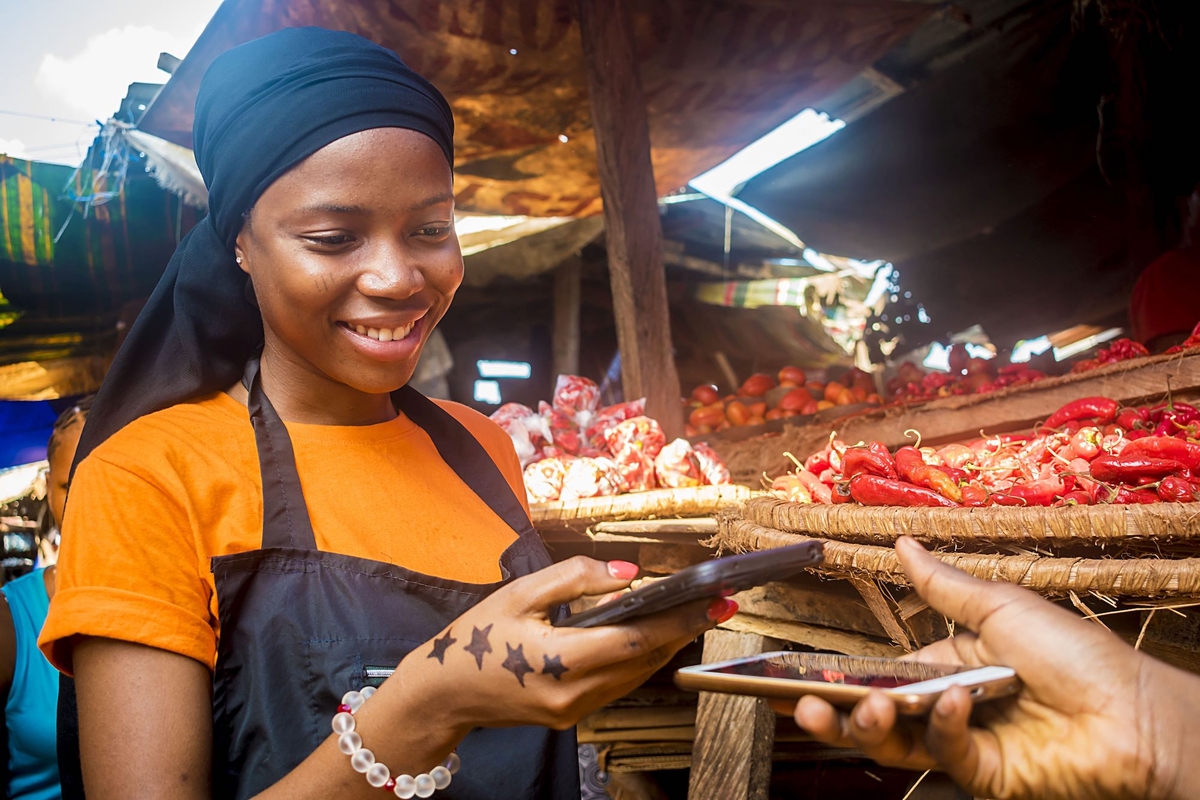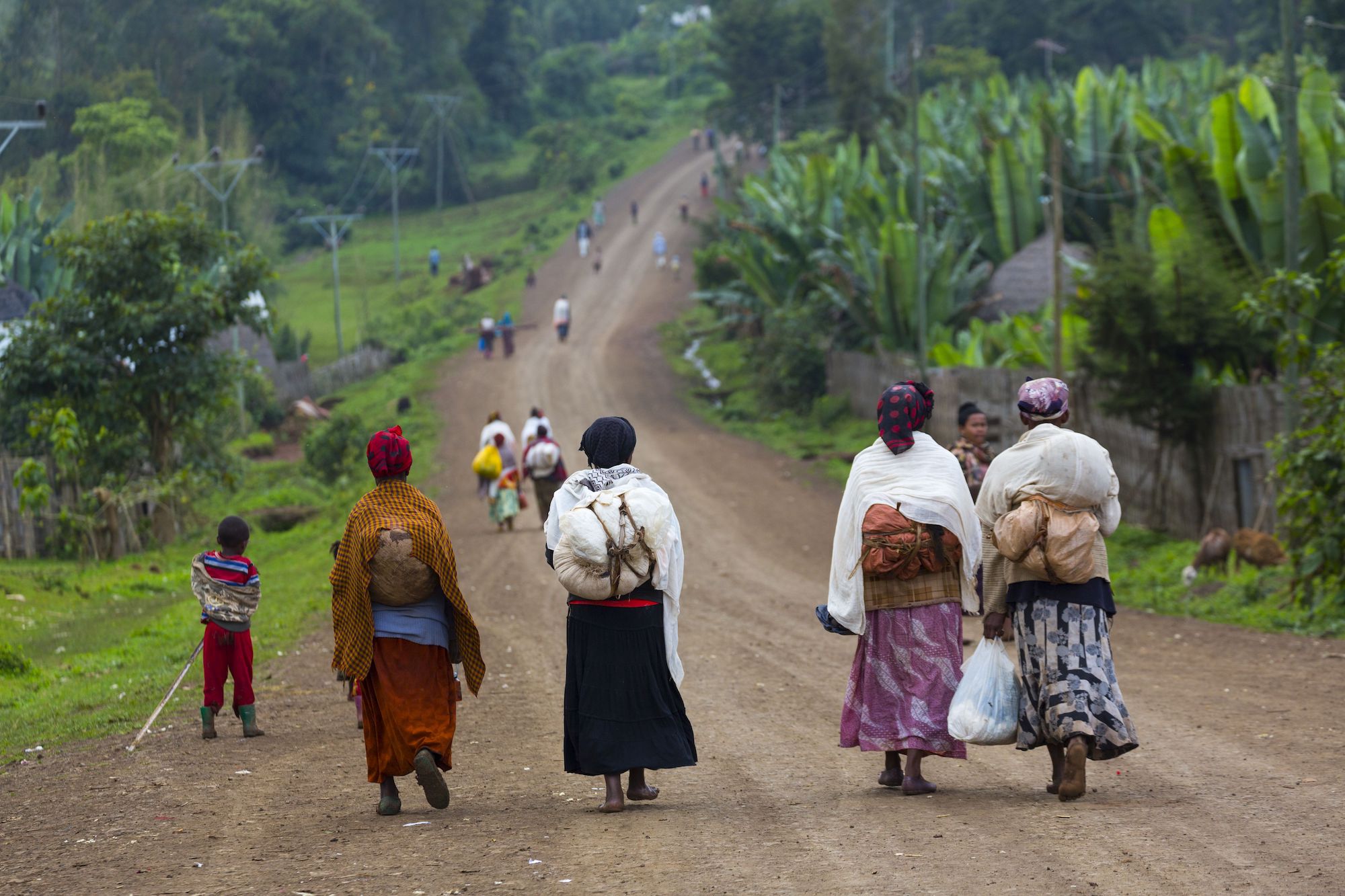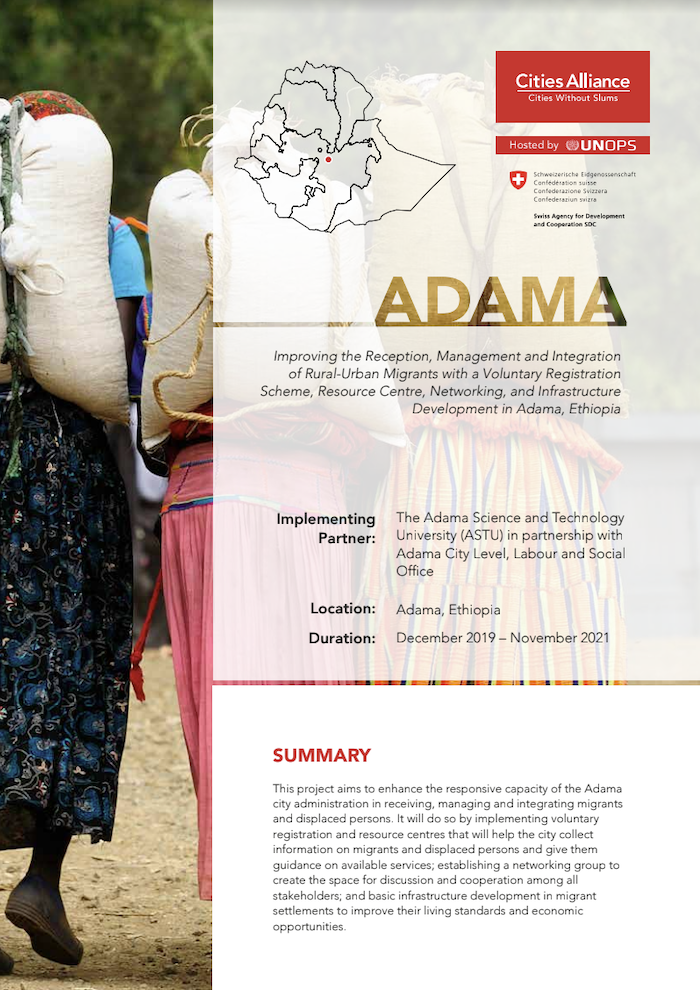Migration is a highly engendered process. Cities Alliance looks at gendered differences of urban migration patterns and characteristics such as age, destinations, length and reason, living conditions, wages, working conditions, amount and transfer channels for remittances, security and safety. It observes gender dynamics in migrant households, how financial and social decisions regarding remittances are made, and how the socio-cultural and intergenerational transition is affected.
The aim is to identify urban migration vulnerabilities differently attributed to women and men, girls and boys, and how urban migration practice and policy can be oriented towards greater gender equality and empowerment of women.
Successful urban migration can bring significant changes for the lives of women migrants and their families. The experience can empower women and provide a new autonomy to develop self-esteem and capacities. Research shows that women’s authority and value improve, while traditional roles and norms are challenged. Women often build on their new assertiveness, skills, and expertise and venture into small businesses.
In addition, women migrants tend to remit a higher share of their earnings than male migrants, even though the total amount is smaller as women earn lower wages than men. Remittances of women tend to have a higher impact on their family’s well-being than those of men, as funds are more frequently directed to health care and education.

Both the financial and social remittances of female migrants are relevant. Financial remittances provide the means to access health and education services. Social remittances – an increased awareness and knowledge of issues including health care practices and benefits of education – provide the incentive.
While urban migration can be beneficial, there are risks and constraints, particularly for female migrants. Restrictive social norms and policies can exacerbate gender-specific vulnerabilities. First-time migrants are often ill-prepared to manage language, race, or cultural barriers and discrimination.
Gender stereotypes of employers lead to gender-specific employment, which generally belongs to the lowest-paid category such as domestic helpers, garment, retail or service sectors. In most cases, women earn substantially less than men for the same type of work. Employers reportedly choose women as they are viewed as more agreeable and cheaper employees, but migrant women are more likely to experience delayed payment.
Discrimination as a migrant and a woman can end in isolation and abuse. In an unfavourable environment, migrant women often choose riskier migration corridors, destinations, and employment sectors, making them vulnerable to trafficking into forced labour. This is especially true for female refugees and IDPs, who represent around 50% of all displaced persons.
The Cities and Migration programme builds evidence-based knowledge to make migration and movement into/within cities safer and rewarding for both female and male migrants and displaced persons.
Resources
The Tunisia city initiatives are implemented by the National Union of Tunisian Women in Kairouan and the Association of Women, Youth and Children in Jendouba in collaboration with the tourism sector. The Kairouan initiative established a women-run artisanal market with an initial ten wooden market stalls.
In San Marcos, Guatemala, the initiative focuses on including remittance recipients in the formal financial system. It has already provided 25,000 financial advisory sessions (12,737 with women), mobilized almost 6,000 remittance recipients (50% women), and formalized US $2.4 million in savings.
The city initiative in Amatitlán, Guatemala, designed a project to receive, manage, and integrate labour migrants in the city by integrating the management of labour migration into its plans for sustainable territorial development. Most services are addressed to women, but not exclusively.
The city initiative in Jinja, Uganda, partnered with a financial institution for a gender-sensitive community housing upgrading scheme to be co-financed by the Jinja City Council. It will benefit 2,000 slum dwellers (40% women), both migrants and long-term residents, to finance more decent housing and improved services.
The Adama, Ethiopia, city initiative enhances responsive capacities in receiving, managing, and integrating IDPs. It established a voluntary registration and resource centres that help the city collect information on migrants and provide guidance on available services. Registrations grew from 700 in 2020 to 2,050 in June 2021. A total of 681 service seekers (661 women, 20 men) were matched with jobs in Adama Industrial Park, where demand for workers remains high.






